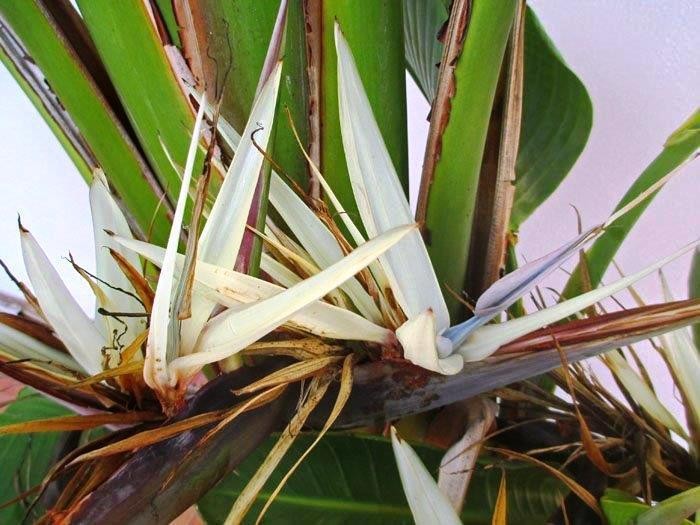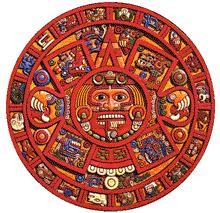By John Chalmers from the September 2014 Edition
My wife, Linda and I have sojourned to the island of Cozumel off the east coast of Mexico. We’ve stayed at resorts in Puerto Vallarta, Mazatlan and Playa del Carmen, toured Mexico City, and rented a house for a month in the colonial city of San Miguel de Allende. Each trip was done by air from Canada. But after discovering the Vida del Mar condominium development right on the west coast a little north of downtown Manzanillo, we bought a condo and we decided to try the drive. The reaction from friends when we said we were taking the car was, “What! You’re going to drive to Mexico?” Some folks were dubious, but we weren’t. From our home in Edmonton, Alberta, the drive was a one-way distance of 5,100 kilometers (3,200 miles).
Here’s how to drive to Mexico from Canada: Get some American cash and Mexican pesos, aim the car south and follow your nose. Go! You can be on good four-lane highways for a spectacular drive all the way.
Hotels in the U.S. and Mexico can be booked in advance on the internet. We knew that we needed Mexican automobile insurance and filled out an online application form and paid by credit card. The policy arrived via e-mail minutes later. A copy in English and Spanish came by mail a few days later. We dealt with Lewis and Lewis insurance agency and were very pleased with the service:
You can save time reporting to immigration if you have two photocopies each of your passport, driver’s license and automobile registration. As regulations change from time to time we also recommend you check this wed site for current information:
https://www.banjercito.com.mx/registroVehiculos/
Everyone might also take a good look at:
http://www.mexadventure.com/mexico-insurance-articles/online_mexico_car_permit.cfm
It can help prepare you for the drive as permits can now be ordered online in advance.
The drive provided the means to see country new to us, such as Utah, Nevada, New Mexico and Arizona. Highlights included: Zion National Park in Utah, desert mountains covered with saguaro cactus, the Red Rocks at Sedona, the Grand Canyon, Hoover Dam, the spectacular landscape of unpopulated Arizona with features such as the Vermilion Cliffs. We spent a couple of nights in Las Vegas which provided a vacation within a vacation and a chance to take in excellent entertainment in the stage shows.
We crossed into Mexico at Nogales. The Mexican government has established a “free Zone” which is 21 km deep along their northern border for the daily tourists. Within this zone they don’t need the Mexican Insurance nor any permissions or permits. When we crossed that line we purchased a tourist visa costing about $25 per person, payable with cash and a car permit costing about $32, payable by credit card only. A sticker went on the windshield and we were warned that it’s important to keep the paper work when returning to show customs officials who will remove the sticker before you leave Mexico. You will need photocopies made of the tourist visa from the service available.
In Mexico from the border to Manzanillo we took the cuota, or toll roads, paying with pesos. Cuotas are four-lane highways, faster and smoother than the libre or free roads. Much like the Interstate system, they don’t pass through many small towns where topes, or speed bumps, will launch a car airborne if not approached slowly.
The toll fees, then, were about $150 from the Mexican border, and the drive was more direct and quicker with lighter traffic than the free roads. The highway wound along volcanic mountains and valleys, past fields of sugar cane and plantations of coconut palms, bananas, mangoes and papayas. We passed through ranch country and meticulously groomed farms of fruits and vegetables, with endless fields of corn. As we neared the end of the drive near Colima, we drove past the Volcán de Fuego, the volcano of fire, Mexico’s most active volcano. It was magnificent.
The actual cost of driving to Mexico – gasoline, hotels, meals – for our distance and the time we took was comparable to the cost of air fare. However, flying gives us more time in Mexico and the first thing we did after becoming owners was to buy a good used compact car in Mexico and did find a safe place to store it when we are back in Canada. By suspending the insurance on our two vehicles at home while we are away for four months, the refund more than covers the Mexican premium.
Although most of our time is spent at our condo on its beautifully kept 26 acres, we do some local travel. El centro Manzanillo is only about 40 minutes away. Some 35 km from there is the sleepy coastal town of Cuyutlán, where the “green wave” in giant breakers several feet high crash as they approach the shore before lapping at the great endless beach of black sand. Nearby, visitors are welcome at a turtle hatchery and ecological centre.
Inland 115 km on the cuota is the charming state capital of Colima. Going there we pass endless coco plantations.
Near the city are roadside stands selling fresh fruit and bags of sea salt. A fine day can be spent on the drive. We like to walk around Colima’s churches and colonial style buildings while visiting galleries and public gardens. On one overnight stay, we took in the spectacular annual horse festival, I think every horse in Mexico was in that endless parade of beautifully decorated horses! Many wagons carried loud bands which added to the festive mood.
Only 15 kms further away, is Comala. It is a traditional cobblestoned Mexican town where mariachi bands may compete for your business at the restaurants. Comala is one of the designated Magical Towns of Mexico, in recognition of preserving traditional culture and history. To us, not only the state of Colima, but the entire region is a visual and cultural playground just waiting to be viewed and experienced.
We never get tired of the perfect weather, the million-dollar views from the condo, or the brilliant tropical blossoms, flowering trees, or kiskadees flitting among the palms. Each day usually includes a vigorous walk or hike and a good swim. Of special interest to us is a sunrise walk at la playa to watch fishermen bring in their daily catch.
We often walk to la laguna behind Santiago Bay about a mile away for bird watching to see roseate spoonbills, ibises, snowy egrets, various herons, black vultures and a host of seabirds. Indigo buntings and citreoline trogans flit among the jungle growth at roadside, and often we see the noisy turkey- like chachalacas in the trees. An occasional a glimpse of a coatimundi scurrying across the road or seeing an armadillo digging for tasty grubs is a bonus.
Download the full edition or view it online
Manzanillo Sun’s eMagazine written by local authors about living in Manzanillo and Mexico, since 2009




